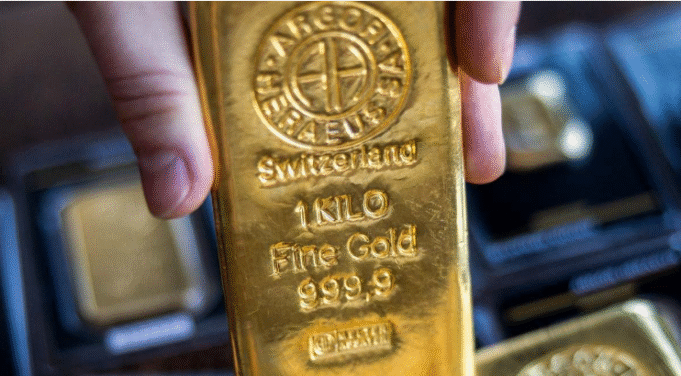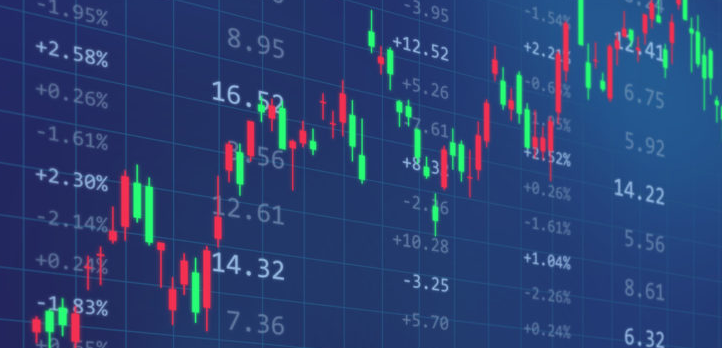The U.S. Customs and Border Protection (CBP) has confirmed it will impose tariffs on 1-kilogram and 100-ounce gold bars entering the United States, classifying them under a tariff-applicable customs code. This unexpected move has sent shockwaves through the gold market, triggering record prices and raising fears that the U.S. could lose its long-held dominance in global gold trading.
Why This Decision Is a Game-Changer
Until now, U.S. gold imports were untouched by the sweeping tariffs introduced by Donald Trump on April 2, known as “Liberation Day.” Even when Trump applied a 39% tariff on Switzerland — the world’s largest gold exporter — most industry insiders assumed gold bullion would remain exempt.
That changed when the Financial Times revealed a CBP letter responding to a Swiss gold refinery inquiry. The CBP confirmed that certain bullion would be classified under code 7108.13.5500 (subject to tariffs) rather than 7108.12.10 (tariff-free). This means the bars are considered “semi-manufactured” rather than “unwrought,” overturning long-held expectations.
Impact on the Global Gold Trade
The 1-kilogram gold bar is the standard in New York’s COMEX futures market and makes up the majority of Swiss gold exports to the U.S. The global bullion trade traditionally moves from London (where the 400-ounce “good delivery” bar is standard) to Switzerland, where it is refined into smaller bars for delivery to COMEX. Tariffs could disrupt this decades-old supply chain.
According to UBS strategist Joni Teves, “Long-term U.S. tariffs on deliverable gold raise serious questions about the role of American futures trading in the global market. Until there’s clarity, expect gold and precious metals markets to remain highly volatile.”
Market Reaction: Prices Surge to All-Time Highs
Following the announcement, COMEX gold futures — the benchmark for global pricing — spiked above $3,500 per ounce for the first time in history, outpacing spot market prices.
The uncertainty is particularly severe for Switzerland, which exported $61.5 billion in gold to the U.S. in the 12 months to June. With the new tariff rate, that trade flow could face an additional $24 billion in costs. The ripple effects could also hit Hong Kong and London, where gold is now trading at a steep discount compared to the U.S. market.
Industry Concerns and Possible Loopholes
Some traders suspect the CBP’s decision might be an error and could be challenged in court. The Swiss Precious Metals Manufacturers and Traders Association maintains that refined bullion exported to the U.S. should remain tariff-free.
If larger 400-ounce bars remain exempt, they could be shipped to the U.S. and then recast into 1-kilogram bars. However, experts like Nikos Kavalis of Metals Focus warn that limited U.S. refining capacity would still make this workaround impractical, undermining the CME gold contract.
The Bigger Picture
Gold has always moved freely across borders, often passing between central banks and private reserves. This tariff policy, if sustained, could permanently alter how and where the world trades physical gold — potentially shifting market power away from the United States.




